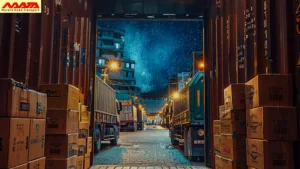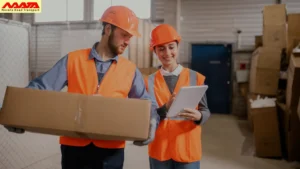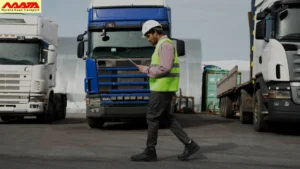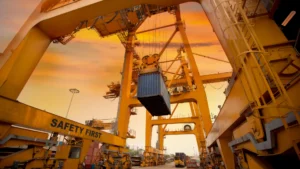Transportation and Logistics
Table of Contents
The Difference Between Transportation and Logistics
Transportation and logistics are like the heart and veins of the modern world, pumping goods and services from one place to another. Whether it’s the food we eat, the clothes we wear, or the gadgets we use, transportation and logistics play a crucial role in getting them to us.
Although both transportation and logistics deal with getting valuables from one location to another, logistics has added benefits and functions. Logistics executives also have to make decisions dealing with packaging, containerization, documentation, insurance, storage, importing and exporting regulations, freight damage claims, working and collaborating, managing vendors and partners, and risk mitigation.
Even though these terms have been used as a substation for each other, the key differentiators are that logistics deals with the integration of storage, transportation, cataloging, handling, and packaging of goods while transportation services deal with the function of moving products or individuals from one location to the next. We’ll delve into what transportation and logistics are, why they matter, and how they work together to keep the world moving.
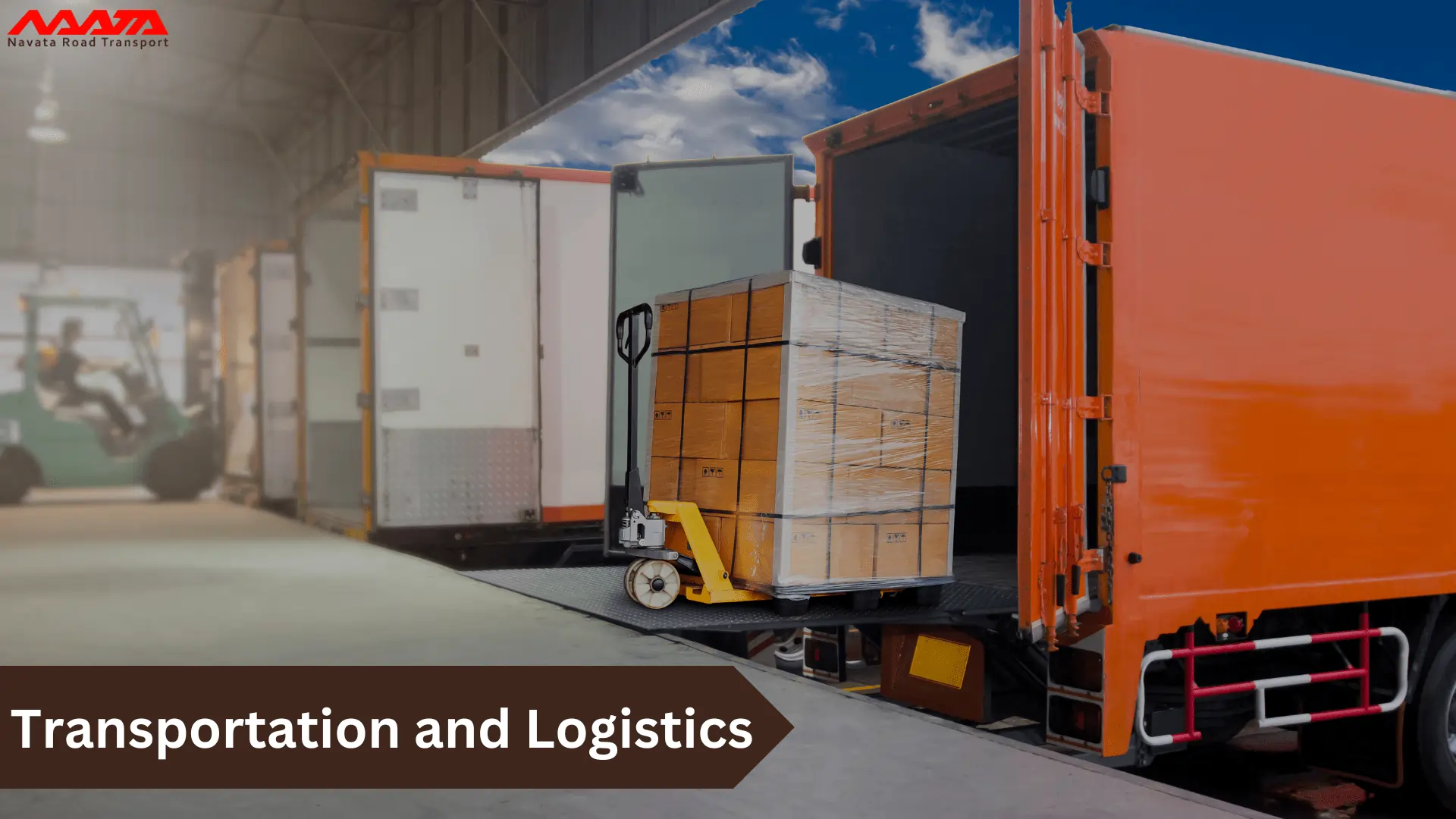
What is Transportation?
Let’s start with transportation. Imagine you’re sending a package to your friend across the country. How does it get there? Transportation is the process of moving people, goods, or animals from one place to another. There are many modes of transportation, including:
Road: Think cars, trucks, and buses zipping along highways and streets.
Rail: Trains chugging across vast landscapes, carrying cargo and passengers.
Air: Airplanes soaring through the sky, connecting cities and countries around the globe.
Water: Ships and boats sailing across oceans, rivers, and lakes, transporting goods worldwide.
Each mode of transportation has its advantages and disadvantages, depending on factors like speed, cost, and the type of goods being transported.
In the highly competitive transportation and distribution service industry, it is imperative that information and physical products move with efficiency and at lower costs. Customers are demanding improved services that only technology can provide. Successful supply chain management and logistics are the difference between surviving and success in transportation and distribution services. As the supply chain management and logistics system is improved, immediate benefits can be seen in terms of lower transportation costs and optimized deliveries.
You Might Also Like To Read: Best Transportation Types For Moving Your Goods
What is Logistics?
Now, let’s talk about logistics. Logistics is the process of planning, implementing, and controlling the movement and storage of goods, services, or information within a supply chain. It involves coordinating various activities, such as:
Procurement: Obtaining raw materials or products from suppliers.
Warehousing: Storing goods in warehouses or distribution centers.
Inventory Management: Keeping track of stock levels and replenishing when necessary.
Transportation: Arranging the movement of goods from suppliers to customers.
Distribution: Delivering products to their final destination.
Logistics is like the behind-the-scenes magic that ensures products reach their intended recipients efficiently and on time.
Logistics Services have included advantages and capacities that are not the same as transportation administrations. Logistics managers need to settle on choices dependent on bundling, containerization, documentation, and protection, stockpiling, bringing in and sending out, guidelines, and cargo harm. They additionally manage work and teaming up, claims, overseeing sellers and accomplices, and hazard moderation.
How Transportation and Logistics Work Together?
Transportation and logistics go hand in hand, forming a symbiotic relationship. Here’s how they work together:
Planning: Logistics professionals plan the most efficient routes and modes of transportation to minimize costs and maximize efficiency.
Execution: Once a plan is in place, transportation providers execute the movement of goods, whether by road, rail, air, or sea.
Tracking: Advanced technologies, such as GPS and RFID, allow for real-time tracking of shipments, providing visibility throughout the supply chain.
Coordination: Effective communication and coordination between transportation providers, warehouses, and other stakeholders ensure smooth operations.
Optimization: Continuous improvement efforts, such as route optimization and inventory management, help streamline processes and reduce waste.
Conclusion
Transportation and logistics are the backbone of global trade and commerce, powering the movement of goods and services around the world. Understanding how they work together is essential for businesses, consumers, and policymakers alike. By embracing innovation and sustainable practices, we can build a future where transportation and logistics systems are efficient, resilient, and environmentally friendly.
Thanks For Reading: Transportation and Logistics
Powered By 360Presence
Transportation and Logistics Difference Between Transportation and Logistics What Are Transportation Services What Are Logistics Services




